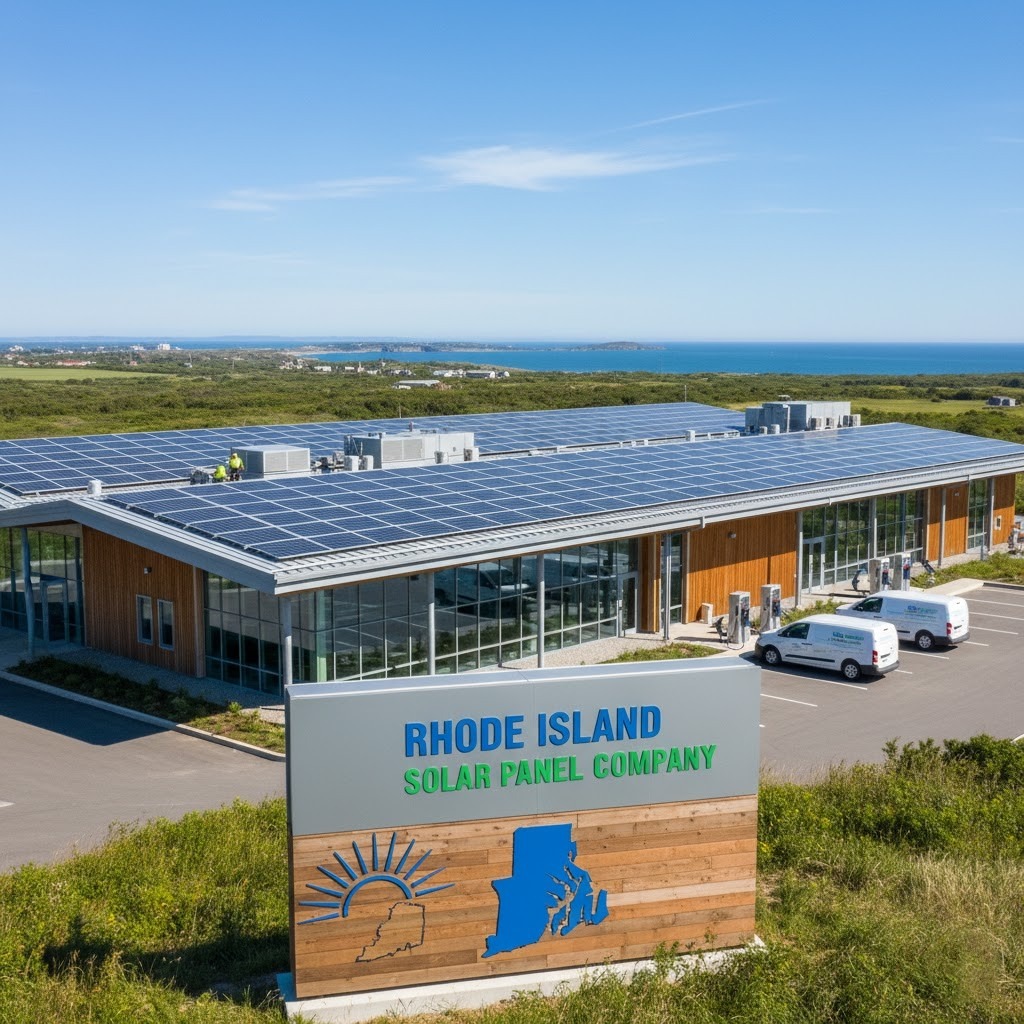Punjab is a significant agricultural state with high energy demand, fertile land, and evolving ambitions in renewable energy. The solar policy framework, along with rooftop and utility-scale initiatives, offers potential for homes, farmers, businesses, and developers — while also presenting unique challenges.
Policy Landscape & Targets:
• Punjab’s total renewable energy capacity has grown from ~1,739 MW in 2021-22 to ~2,426 MW by 2023-24, though much of this growth comes from solar projects outside the state.
• For rooftop solar, households in Punjab have access to subsidies under central/state schemes. For example, a rooftop solar system in Punjab for a household can receive up to ₹78,000 subsidy for systems ≥ 3 kW.
• The state is moving ahead with specific projects, such as a 40 MW canal-top solar project leveraging the irrigation canal network.
• A 400 MW solar power procurement by Punjab State Power Corporation Limited (PSPCL) at a tariff of ₹2.97/kWh has been approved.
Key Provisions & Incentives for Solar in Punjab:
• Residential Rooftop Solar Subsidies: For rooftop solar systems in Punjab, the subsidy structure includes:
◦ 1 kW: ₹30,000 subsidy.
◦ 2 kW: ₹60,000 subsidy.
◦ For systems ≥3 kW: Fixed ₹78,000 subsidy.
• Canal-top Solar Projects: The state is leasing canal stretches at ~₹1.5 lakh per MW per annum for a 28-year sub-lease term and bidding solar developers to install solar panels on canal surfaces. Tariff considered around ₹3/kWh.
• Tariff & Procurement: For larger projects, the state regulator approved 400 MW at ₹2.97/kWh, but has emphasized competitive bidding rather than fixed tariffs.
• Water Supply Solar Systems: The Punjab government sanctioned ~₹60.5 crore for solar power systems for rural water supply schemes (capacity ~8.698 MW) to reduce electricity cost for water-pumping.
What It Means for Stakeholders:
• Homeowners: If you live in Punjab, the subsidy structure makes rooftop solar more affordable. Installing a rooftop system can reduce your electricity bills, provide clean energy, and benefit from subsidized rates.
• Farmers / Landowners: With canal-top projects and the possibility of generating solar in agricultural areas, there’s potential for additional income streams by leasing land or installing solar for agricultural use.
• Businesses/Developers: The approved large procurement (400 MW) and the canal-top model present business opportunities for developers to engage in Punjab’s solar sector.
• State Energy Landscape: These initiatives help Punjab diversify its energy mix, reduce dependence on fossil-fuel-based generation and imported solar energy, and meet renewable purchase obligation (RPO) targets.
Challenges & Things to Watch:
• Slow Rooftop Adoption: Despite subsidies, rooftop solar growth remains modest. Issues like free electricity for domestic users (300 units free per month) may reduce the economic incentive to install rooftop solar.
• Land Constraints: Punjab has fertile and limited non‐agricultural land, so large solar parks face land acquisition issues and competing agricultural use. This is why canal‐top solar is being explored.
• Policy Implementation & Clarity: While many incentives exist, clarity in net-metering, banking, maintenance, vendor quality, and timeline matters. Delays or regulatory uncertainty can hamper installations.
• Competitive Pricing & Tariffs: The regulator’s push for competitive bidding over fixed generic tariffs suggests that developers must offer cost-effective systems.
• Rooftop System Suitability: For households, structural suitability, shading, vendor reliability, and maintenance are still key factors.
The Road Ahead:
Punjab’s solar policy framework provides meaningful incentives and models (rooftop subsidies, canal-top projects, large procurement) that, if executed well, can accelerate solar adoption in the state.
For greater impact:
• Enhanced outreach and awareness campaigns for rooftops would help.
• Simplified processes and faster clearances will boost installations.
• A stronger link between subsidy benefits and actual usage beyond free electricity units would create a better incentive.
• Implementation of newer models (canal-top, agri-solar) can maximize land use while preserving agricultural land.




